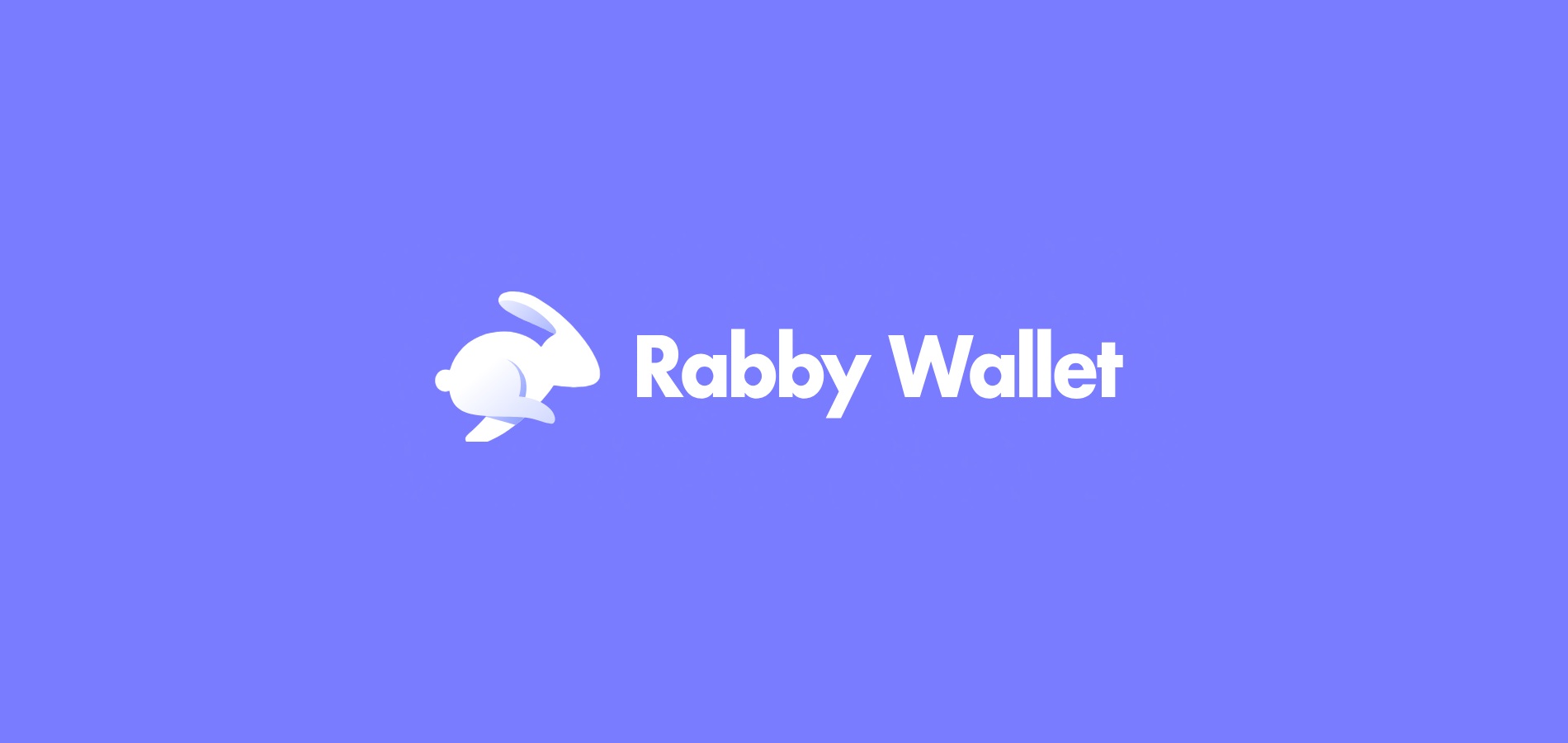Something about DeFi just keeps pulling me back in. Seriously? The promise of decentralized finance sounds like a dream, but then—bam—the reality check hits hard with hacks and exploits. Wallet security audits? Yeah, they’re not just some checkbox on a to-do list. They’re seriously the gatekeepers for your assets, especially when you dive into liquidity mining.
At first glance, wallets might seem like simple vaults for your crypto. But here’s the kicker: they’re actually the frontline soldiers in this high-stakes game. The complexity ramps up when you’re juggling multiple chains, protocols, and yield farms. My gut said, “It can’t be that complicated,” but after digging deeper, I realized there’s a whole ecosystem of risks lurking beneath the surface.
Really, the more I explored, the more I saw how even the best protocols can be undermined by a weak wallet. Like, imagine perfect DeFi contracts paired with a sloppy wallet setup—total disaster waiting to happen. That’s where tools like the rabby extension come in, offering a multi-chain wallet that’s not only user-friendly but built with security audits in mind.
Okay, so check this out—wallet security audits go way beyond basic encryption. They dive into smart contract vulnerabilities, phishing vectors, transaction hijacking, and even subtle UI traps that can trick users into signing malicious transactions. Initially I thought it was mostly about protecting private keys, but nope—it’s way more layered.
On one hand, you have the obvious risks like stolen keys or compromised seed phrases. Though actually, on the other hand, there are these sneaky permission escalations that can drain your funds without you even realizing it. It’s wild.
Liquidity mining makes this all the more intense. You’re not just holding tokens; you’re actively locking them up, often across multiple smart contracts, hoping to earn rewards. The rewards can be juicy, but the attack surface grows exponentially. I remember when I first started liquidity mining on Ethereum and then branched into other chains—each had different wallet quirks and risks. It was overwhelming, honestly.
One thing that bugs me is how many DeFi users underestimate wallet risks. They focus so much on protocol-level security but forget their wallet can be the weakest link. I’m biased, but that’s why I swear by multi-chain wallets with solid security audits baked into their design. The rabby extension is a prime example—it’s like having a security guard watching your back 24/7, while you hunt for yield.
Here’s the thing. The DeFi space is evolving fast, and so are the hacking techniques. Phishing attacks now mimic wallet UIs perfectly, and some exploits rely on social engineering more than code bugs. This dynamic makes ongoing wallet security audits not just important, but absolutely critical. You can’t just audit once and forget about it—security is a living, breathing challenge.
Hmm… I remember reading about a hack where the attacker exploited a wallet’s transaction confirmation process. The wallet looked legit, but the transaction details were subtly altered. Users blindly approved it because they trusted the interface. This really drove home the point that human factors and UI design are part of wallet security too.
So, what does a thorough wallet security audit look like? It’s a mix of automated vulnerability scanning, manual code review, and real-world attack simulations. But wait—there’s more. The audit also involves reviewing third-party integrations, since wallets often connect with multiple DeFi dapps, each introducing new risk vectors.
At this point, I realized something important: even the best wallet can’t guarantee safety if users don’t practice good habits. For instance, double-checking transaction details and understanding what permissions you’re granting. It’s a two-way street.
Liquidity mining strategies also complicate security because funds are locked for periods, and some protocols require repeated approvals or contract interactions. This means more chances to slip up or get phished. The more chains you’re mining on, the more you need a wallet that not only supports multi-chain operations but also actively protects you at every step.

Check this out—wallets like the rabby extension have built-in alert systems that flag suspicious transactions before you approve them. That’s a game-changer. It’s like having a personal security consultant in your browser, constantly watching for weird activity.
But wait—there’s a catch. These features can sometimes overwhelm new users, leading to confusion or approval fatigue. I’ve seen friends just click through warnings because they don’t understand them. So wallet design needs to strike a balance between security and usability. Not easy, but crucial.
Here’s what bugs me about many DeFi wallets: they often focus on flashy features without enough transparency on security audits. Users deserve to know exactly what’s been tested, how recent the audits are, and what risks remain. Transparency builds trust, and trust is everything in this space.
In my experience, the best approach is layering defenses—use a wallet with strong audits, practice cautious transaction approvals, and keep your private keys offline whenever possible. Also, keep an eye on wallet updates—security patches roll out frequently, and ignoring them is playing with fire.
Something else worth mentioning: the regulatory landscape around crypto wallets is murky and evolving. This adds another layer of complexity for wallet developers and users alike. While audits focus on technical security, compliance risks might pop up unexpectedly, especially with cross-chain activities.
Honestly, I’m not 100% sure how all these regulations will shake out, but it’s safe to say they’ll impact wallet security designs and user practices down the line. It’s a bit like the Wild West—exciting but unpredictable.
Anyway, if you’re diving into DeFi and liquidity mining, don’t overlook your wallet’s security. It’s the difference between sleeping well at night and waking up to a drained account. The rabby extension offers a solid blend of multi-chain support and security-first philosophy that’s worth checking out.
To wrap this thought up—well, not really wrap, more like pause—I guess wallet security audits are the unsung heroes in DeFi’s wild frontier. They quietly protect your funds while you chase those sweet yields. But like any hero, they need help—your vigilance, your smarts, and a bit of luck.
